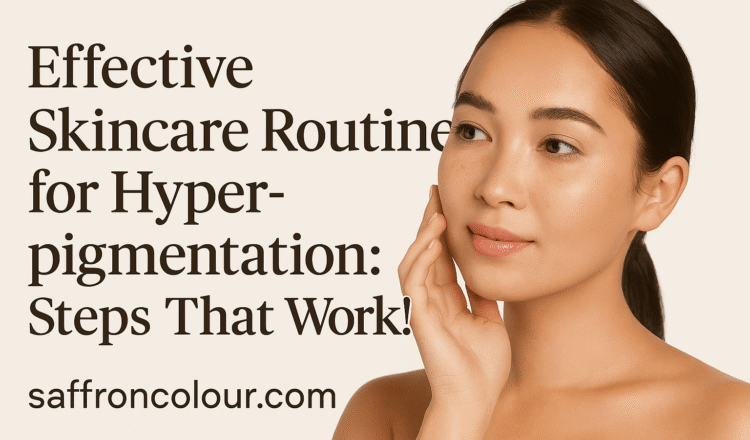Introduction
Pigmentation is a common skin issue affecting millions globally. Whether it’s melasma, sun spots, or post-inflammatory hyperpigmentation, having uneven skin tone can impact confidence. In this article, we’ll explore the best treatments for facial pigmentation based on expert advice, dermatological research, and effective skincare routines.
What Causes Pigmentation on the Face?
Understanding the cause is the first step towards finding the best treatment. Common causes include:
The Ultimate Guide to Pigmentation:Causes, Treatments, and Prevention
- Sun damage
- Hormonal changes (e.g., melasma during pregnancy)
- Post-inflammatory hyperpigmentation (due to acne or skin injury)
- Genetic factors
Top Dermatologist-Approved Treatments for Facial Pigmentation
- Topical Creams and Serums
- Hydroquinone: Considered the gold standard for lightening dark spots. Available in both prescription and over-the-counter forms, hydroquinone inhibits melanin production.
- Vitamin C: A potent antioxidant that brightens the skin and protects against free radicals. It’s commonly found in serums.
- Retinoids: These derivatives of Vitamin A promote cell turnover, effectively reducing pigmentation over time.
- Kojic Acid: Derived from mushrooms, kojic acid helps lighten pigmentation and is used in many creams.
- Chemical Peels
Chemical peels exfoliate the skin, promoting the growth of new, even-toned skin. Popular chemical peel types include:- Glycolic acid peels
- Salicylic acid peels
- Lactic acid peels
- Laser Therapy
Lasers such as Q-switched lasers or fractional lasers target pigmented cells and break down melanin, reducing dark spots over multiple sessions. - Microdermabrasion
This procedure exfoliates the outermost layer of skin, improving the appearance of mild pigmentation and promoting new skin growth. - Intense Pulsed Light (IPL) Therapy
IPL therapy is a non-invasive procedure that uses light to reduce pigmentation. It’s effective for treating sunspots and age spots. - Microneedling with Radiofrequency (RF)
Microneedling combined with RF helps to stimulate collagen production and improve pigmentation while making the skin firmer. - Cryotherapy
Cryotherapy uses liquid nitrogen to freeze and remove surface skin layers where pigmentation is present. This method works well for smaller spots and patches.
Lifestyle Changes and Prevention
Even after treatment, pigmentation can return. Preventive measures are key:
Best Sunscreens for Dark Spots and Pigmentation: Top Picks for Flawless Skin
- Sunscreen: Use a broad-spectrum sunscreen with at least SPF 30 daily.
- Avoid Direct Sun Exposure: Limit exposure, especially during peak hours (10 AM – 4 PM).
- Antioxidant-rich Diet: Eating fruits and vegetables high in antioxidants can support skin health and minimize the risk of pigmentation.
- Consult with a Dermatologist: Regular checkups can help you stay on top of treatments.
Latest Research and Innovations in Pigmentation Treatment
Stay informed about emerging treatments like stem cell therapies, plant-based actives, and newer laser technologies. Many dermatologists are researching gene therapy to prevent pigmentation at the cellular level.
Discover the Magic of Chia Seeds: 5 Surprising Health Benefits
Conclusion
Pigmentation can be frustrating, but with the right treatments, noticeable improvement is achievable. From topical creams to advanced laser therapies, there’s a solution for everyone. Remember, the key to long-term success lies in a combination of treatment and prevention.



